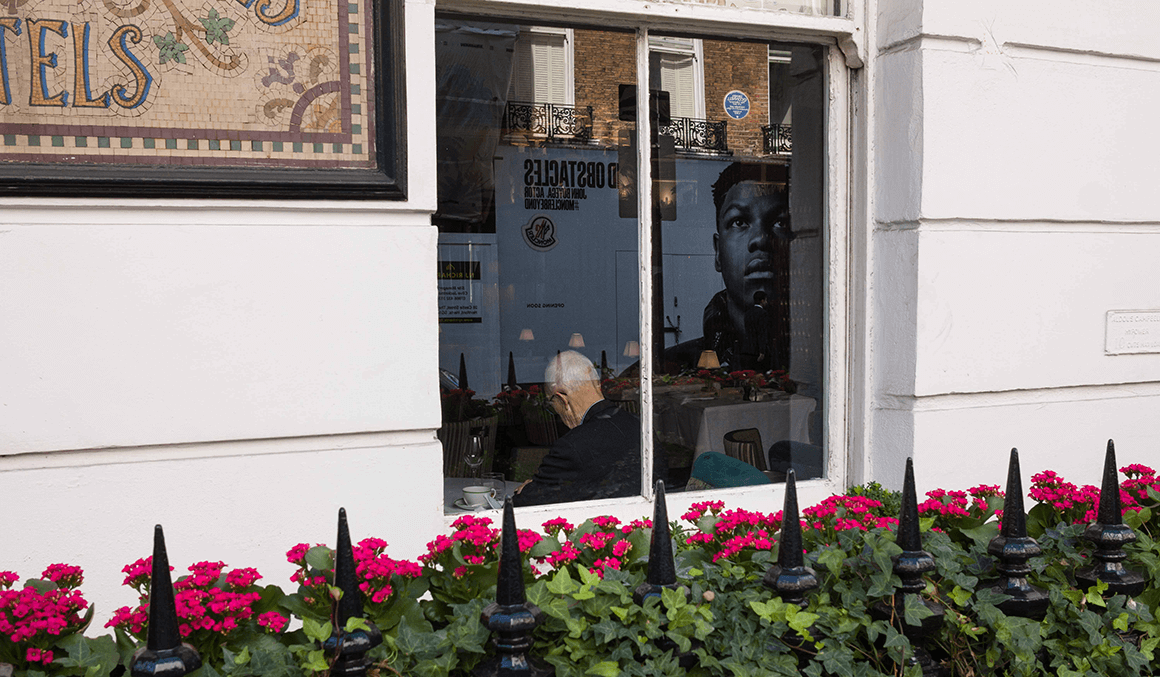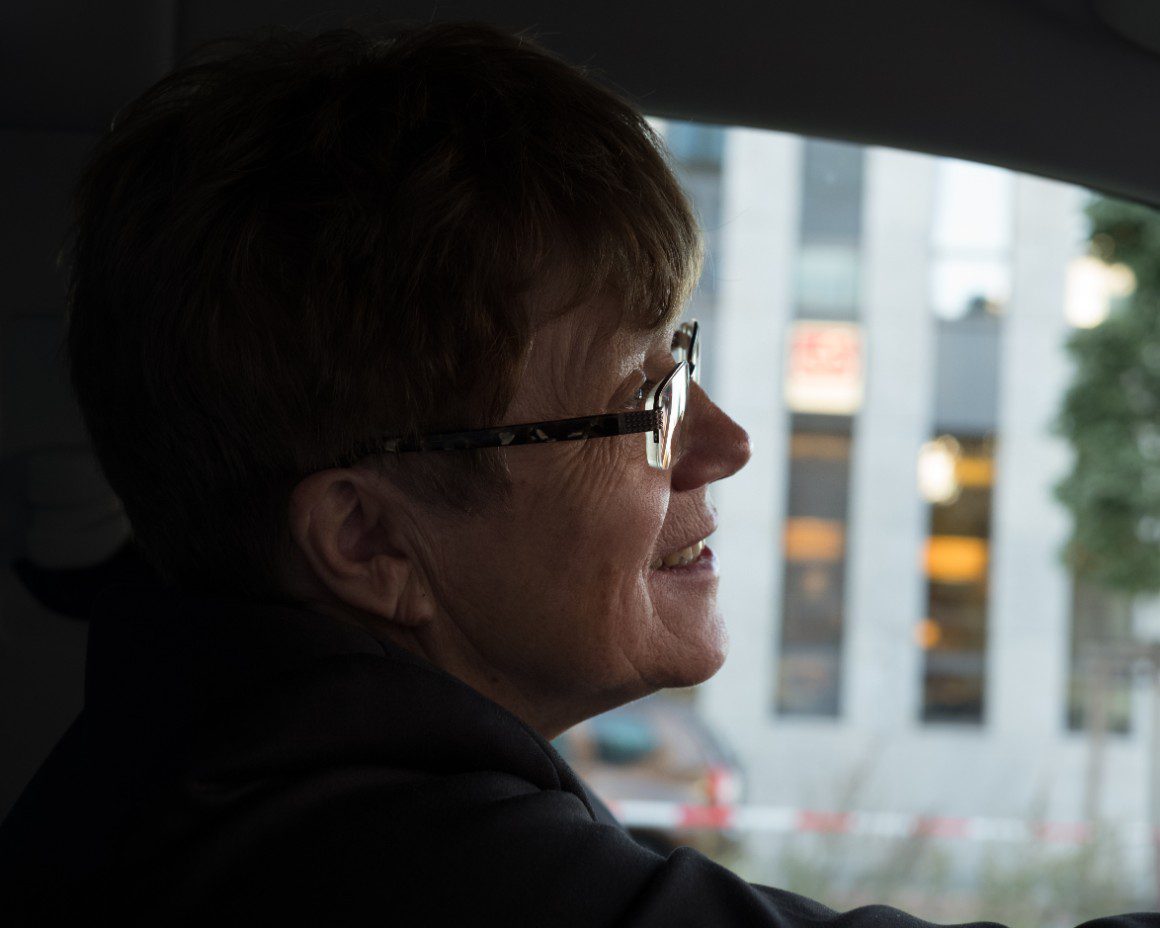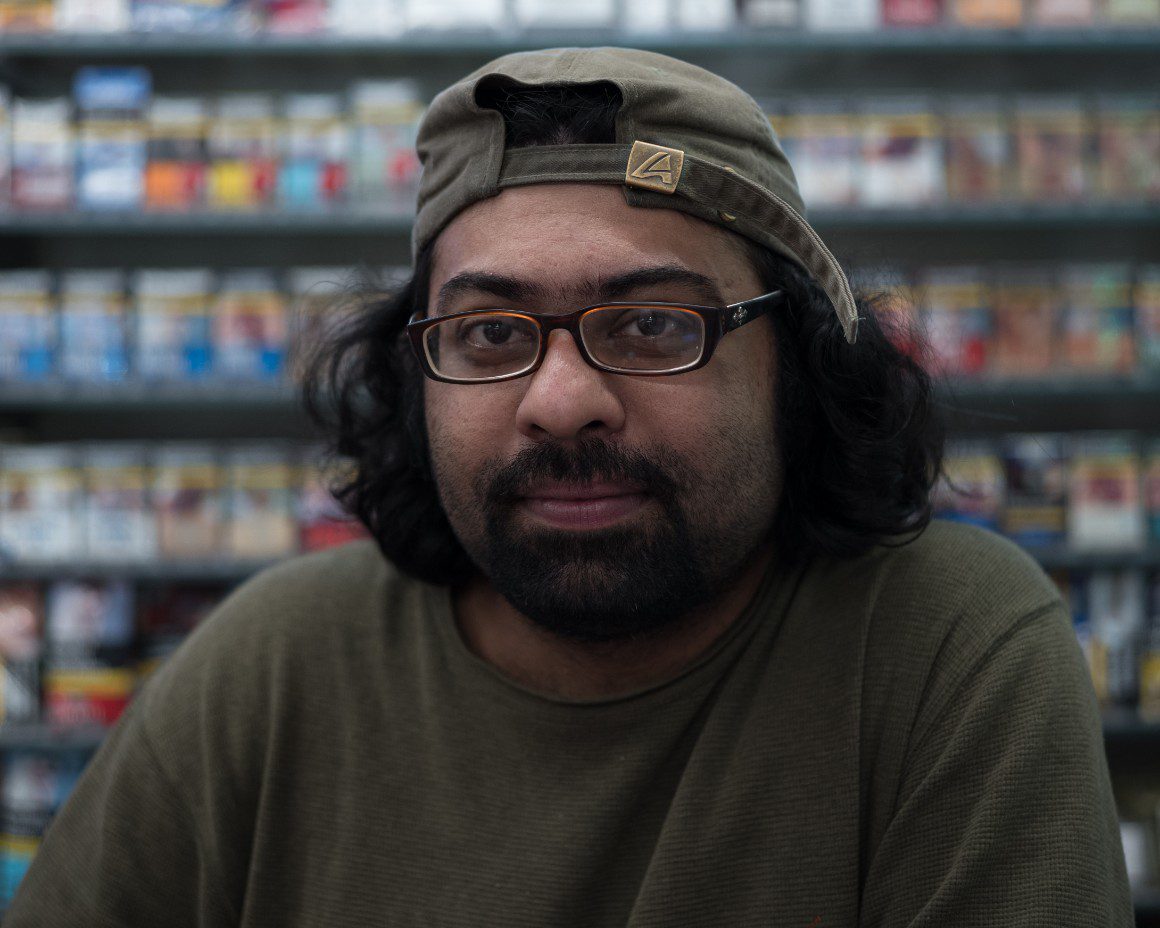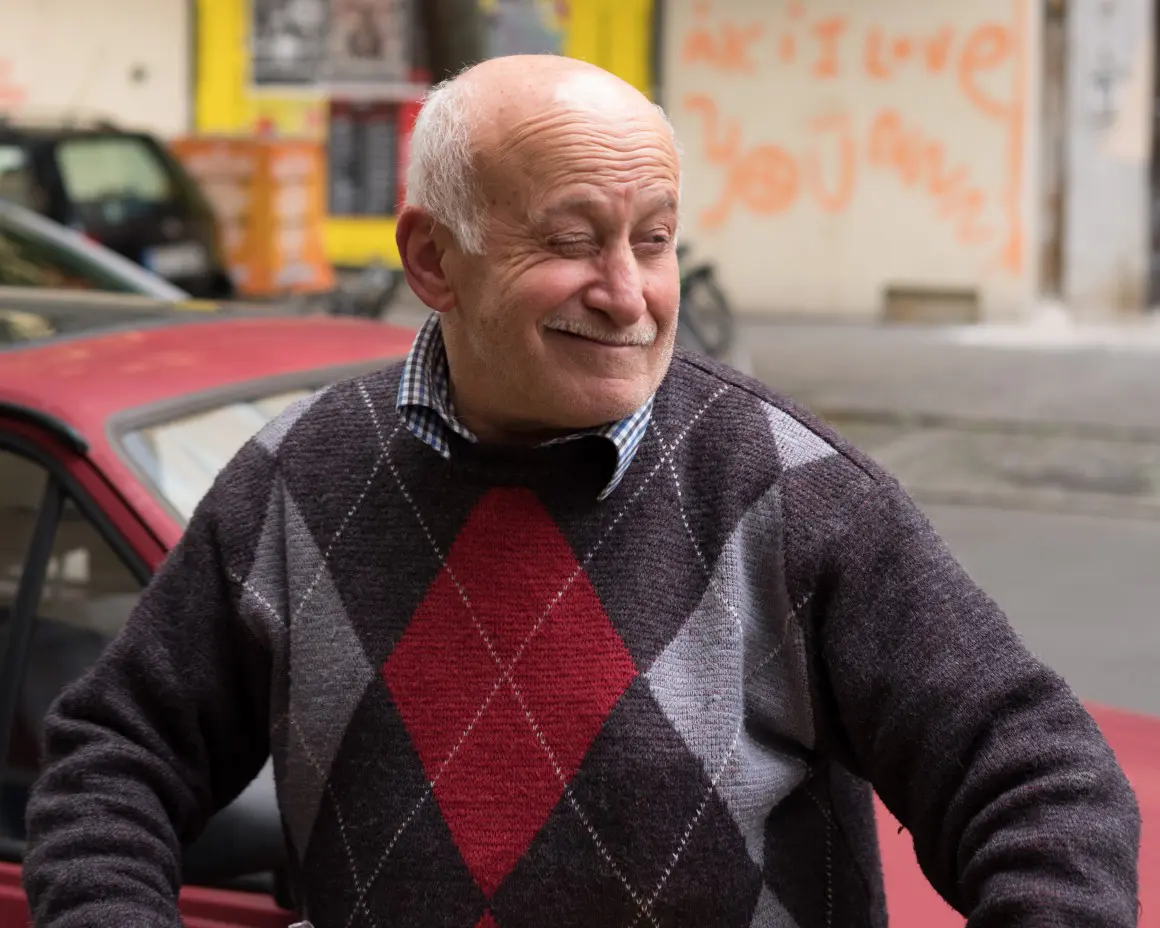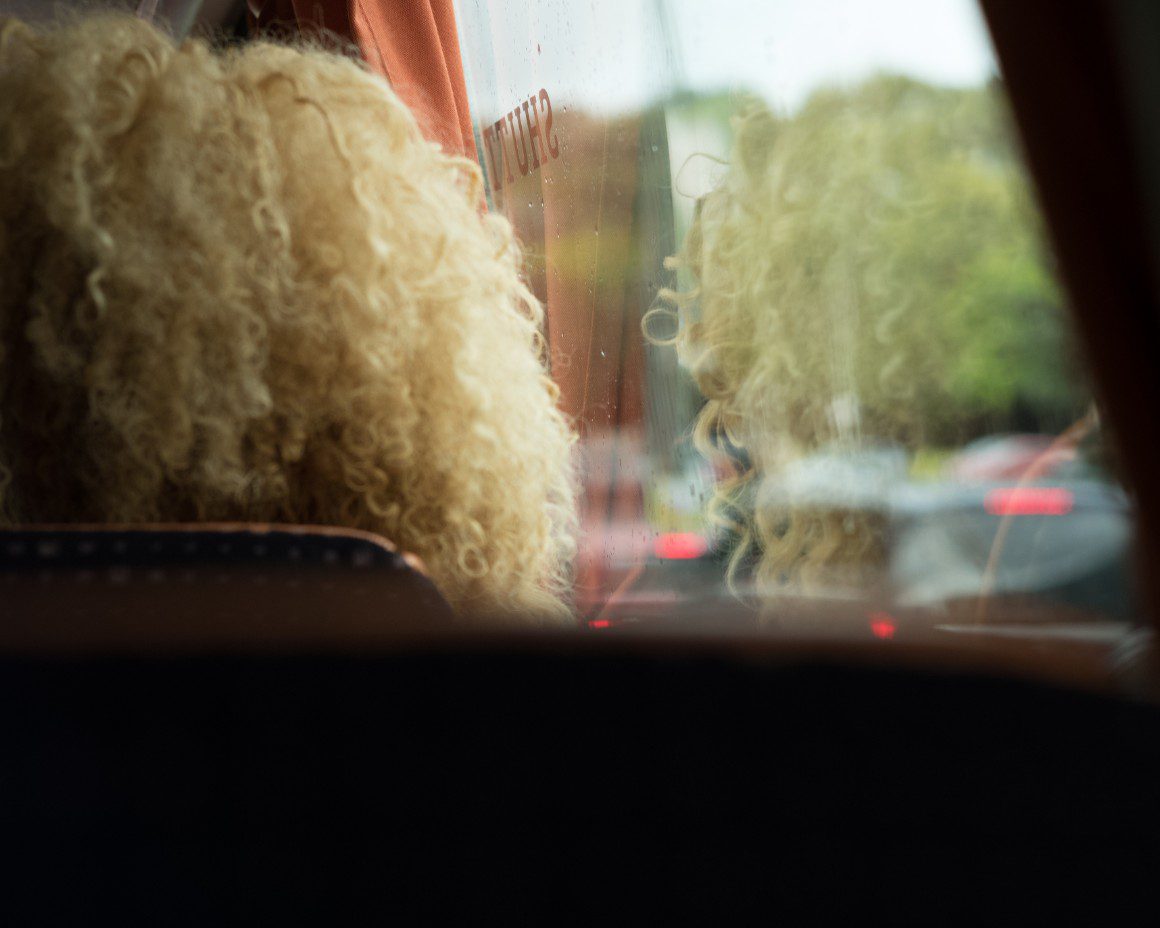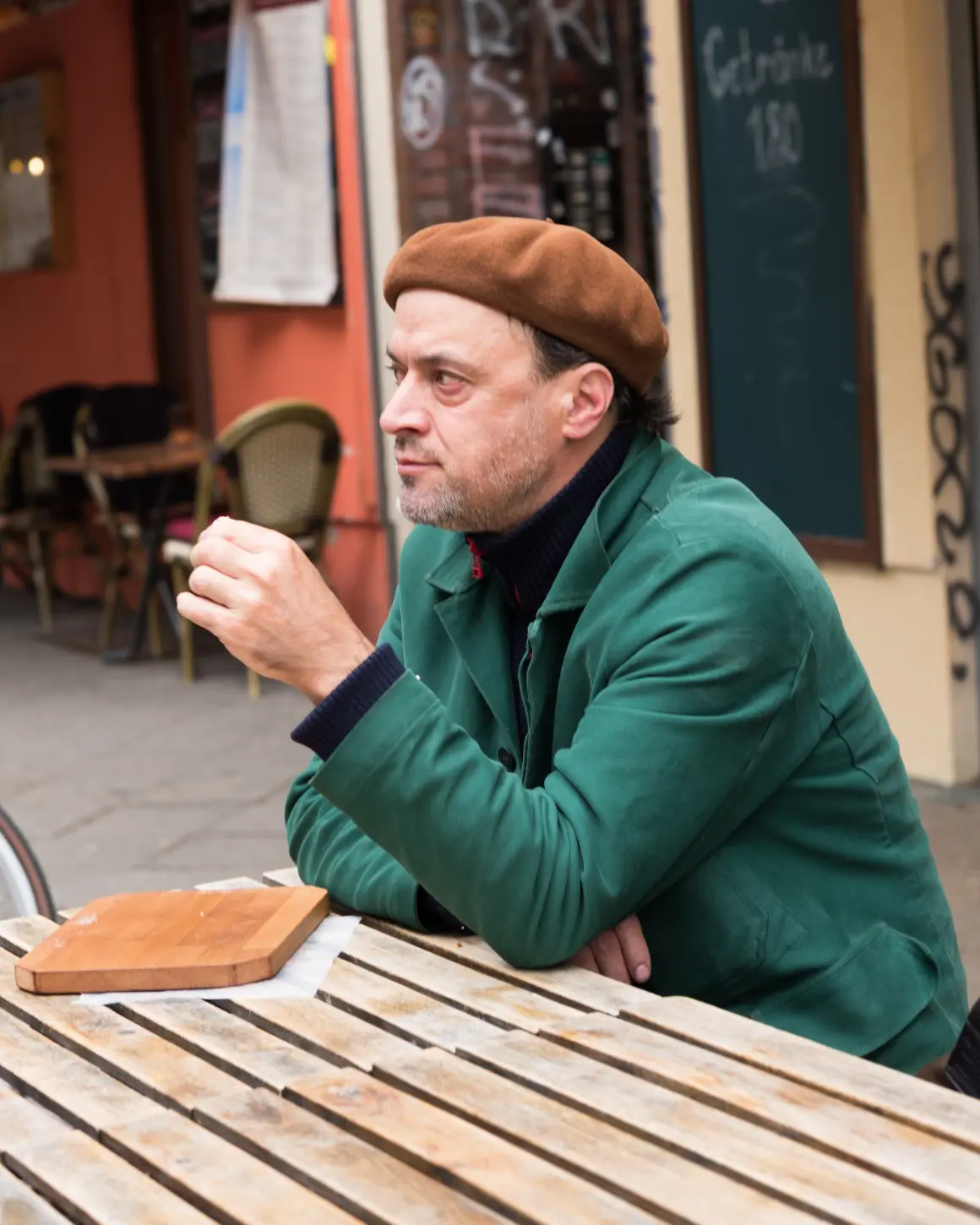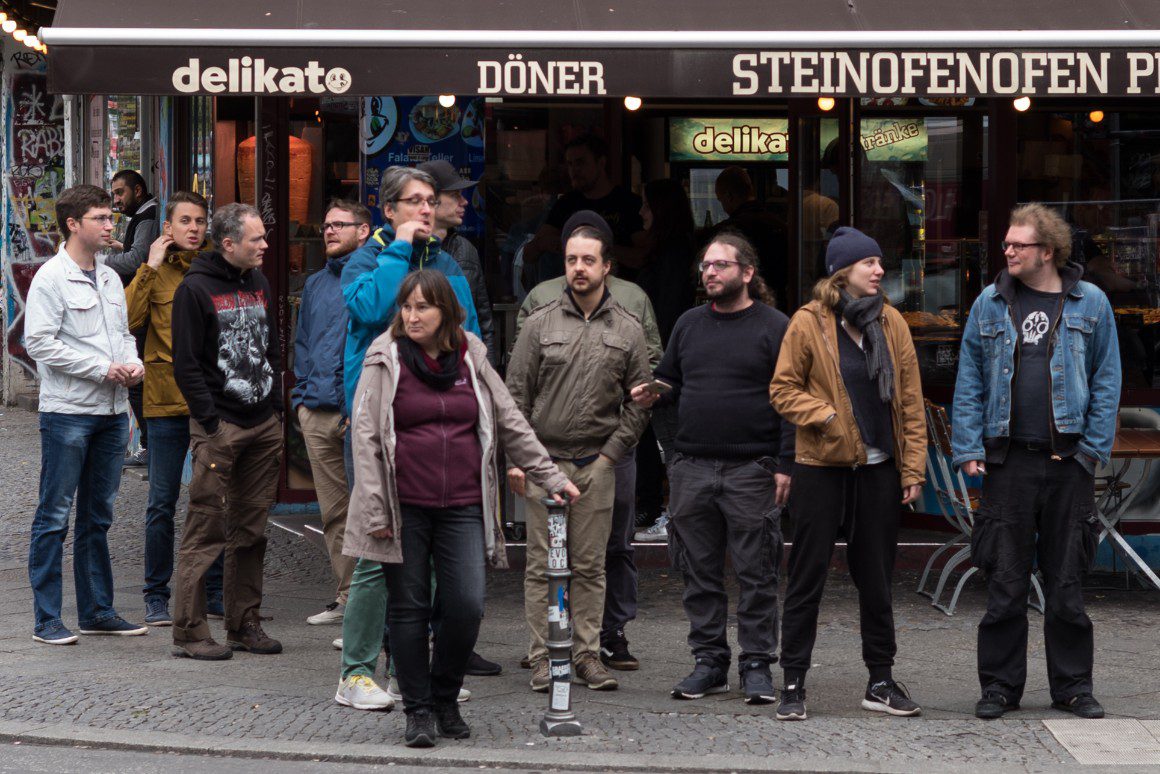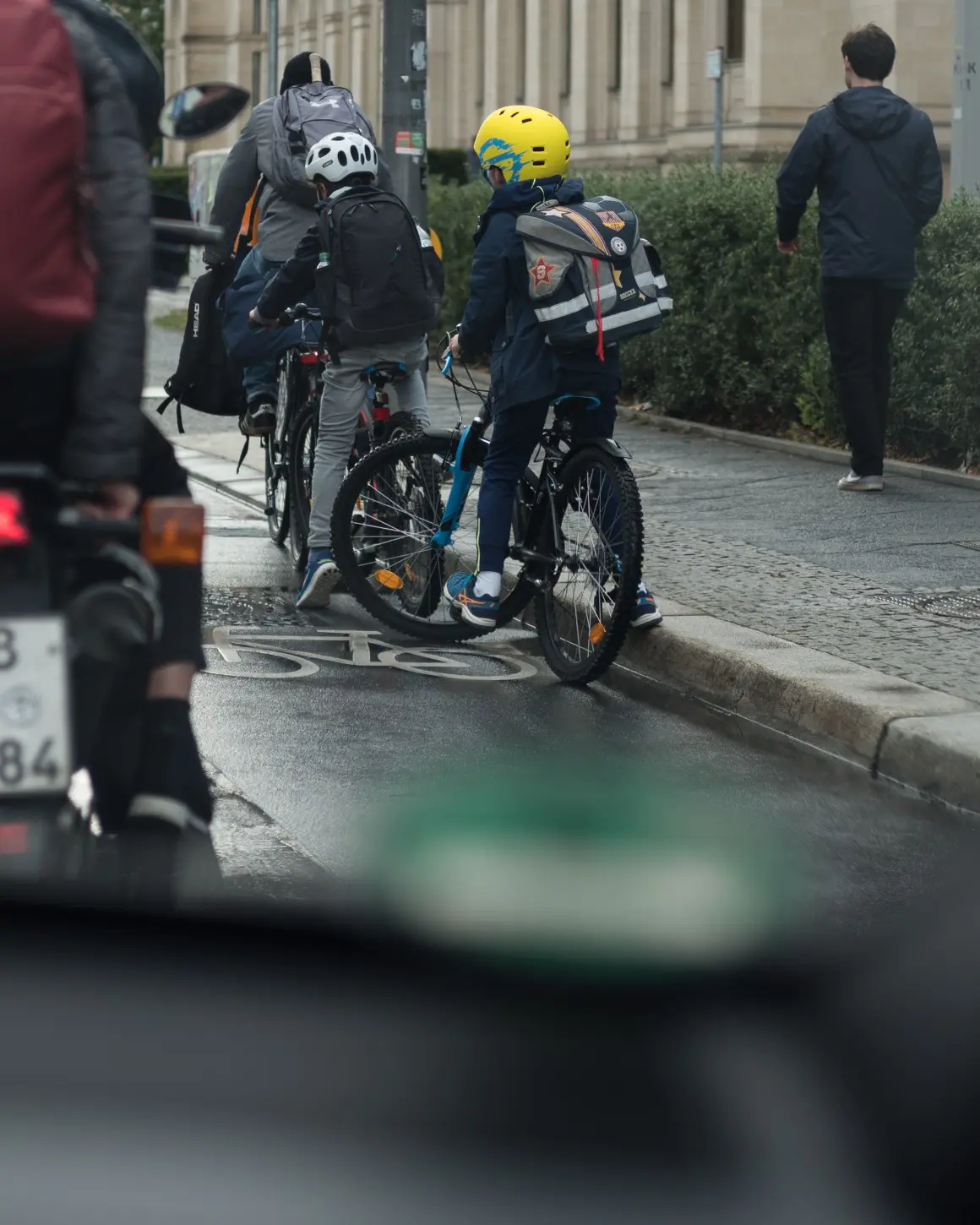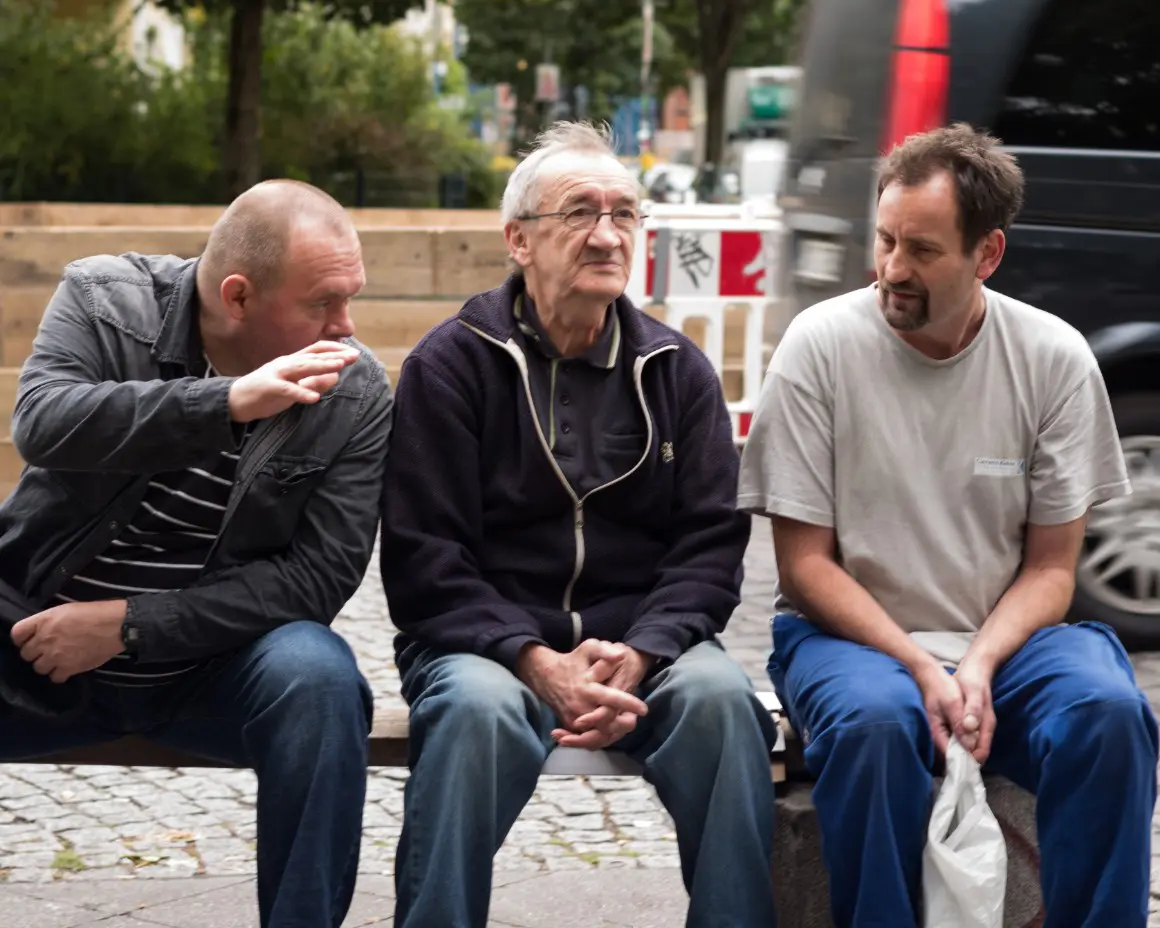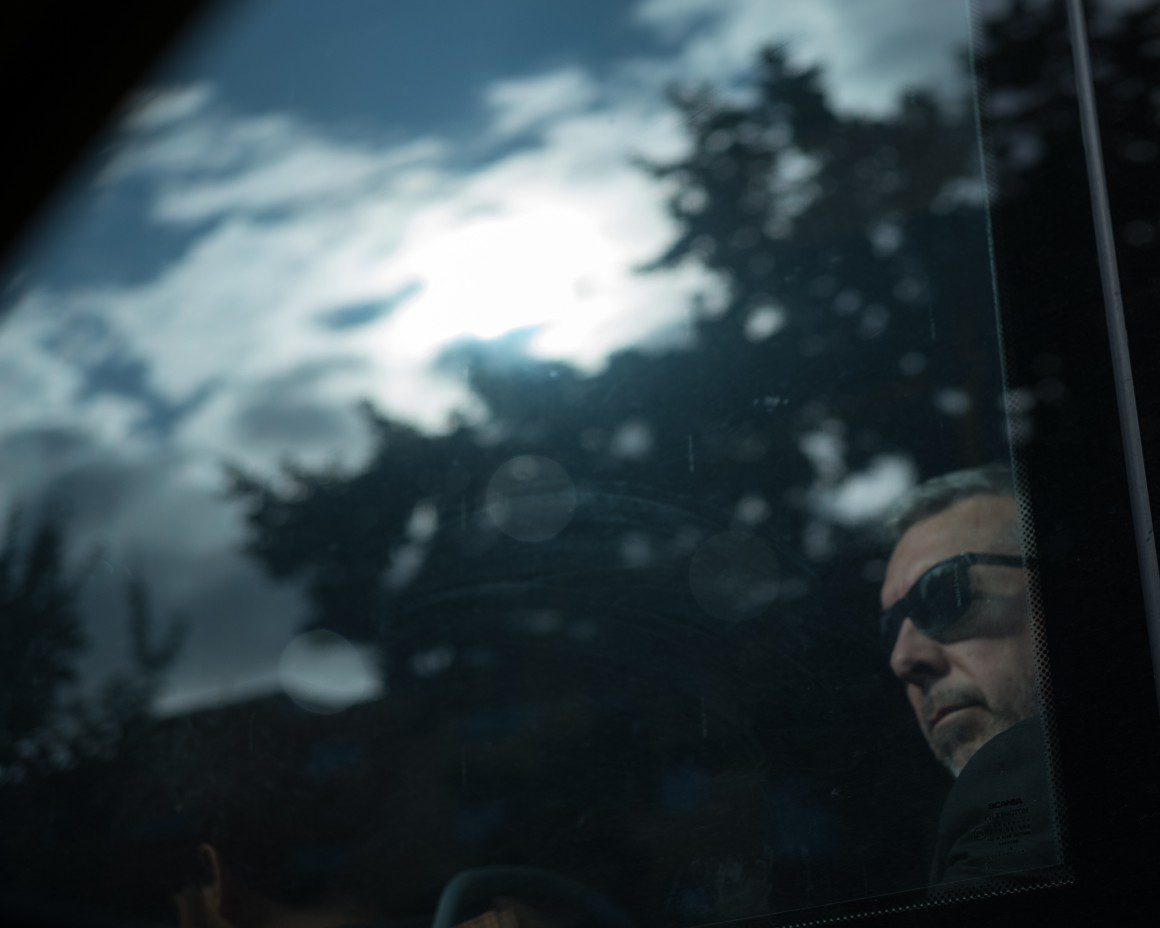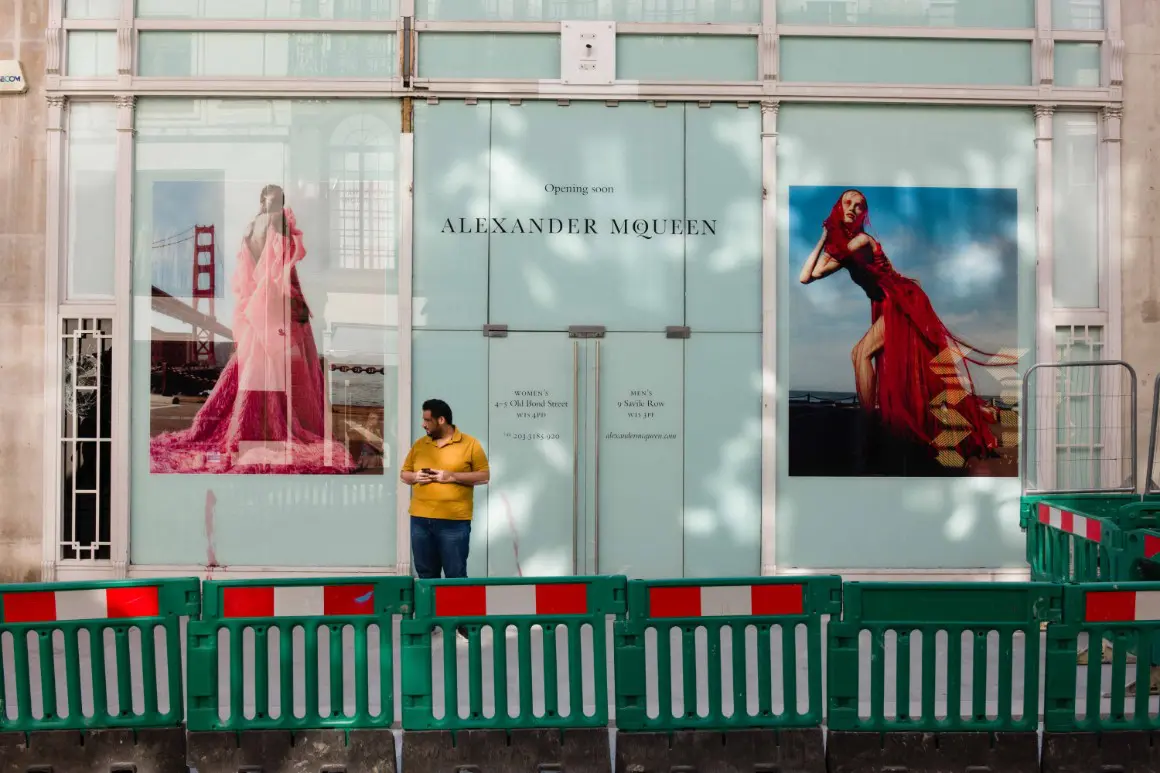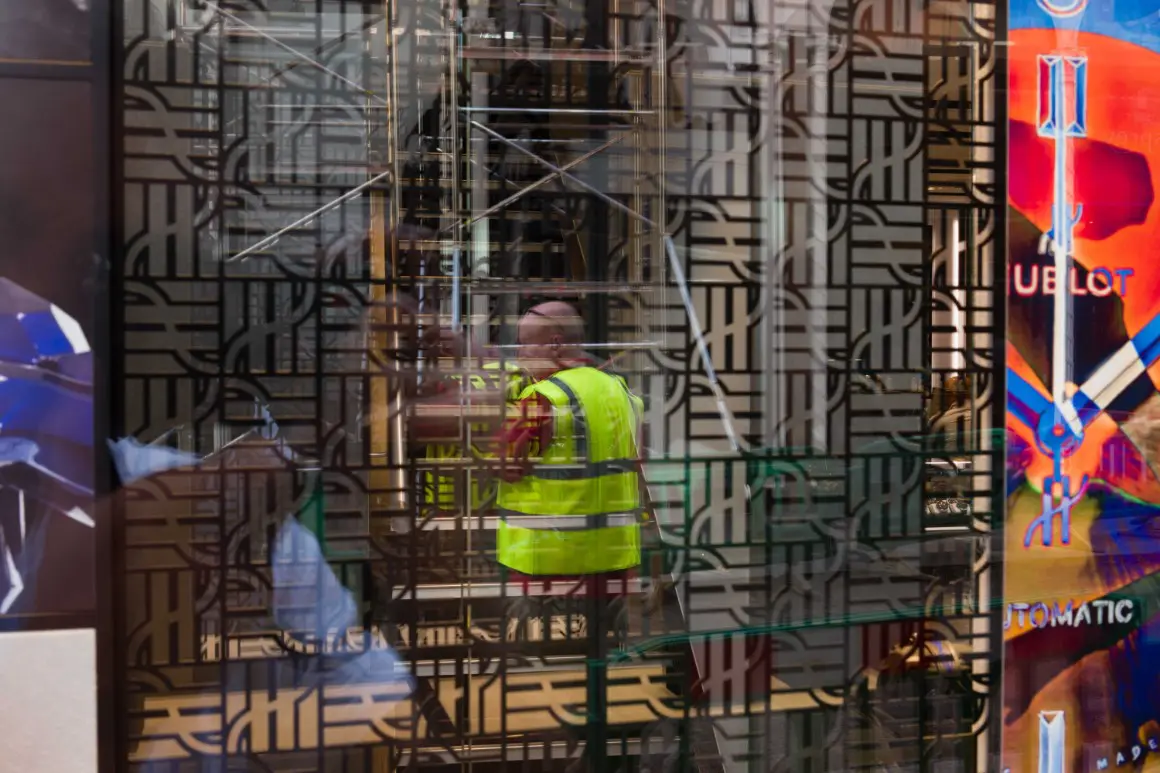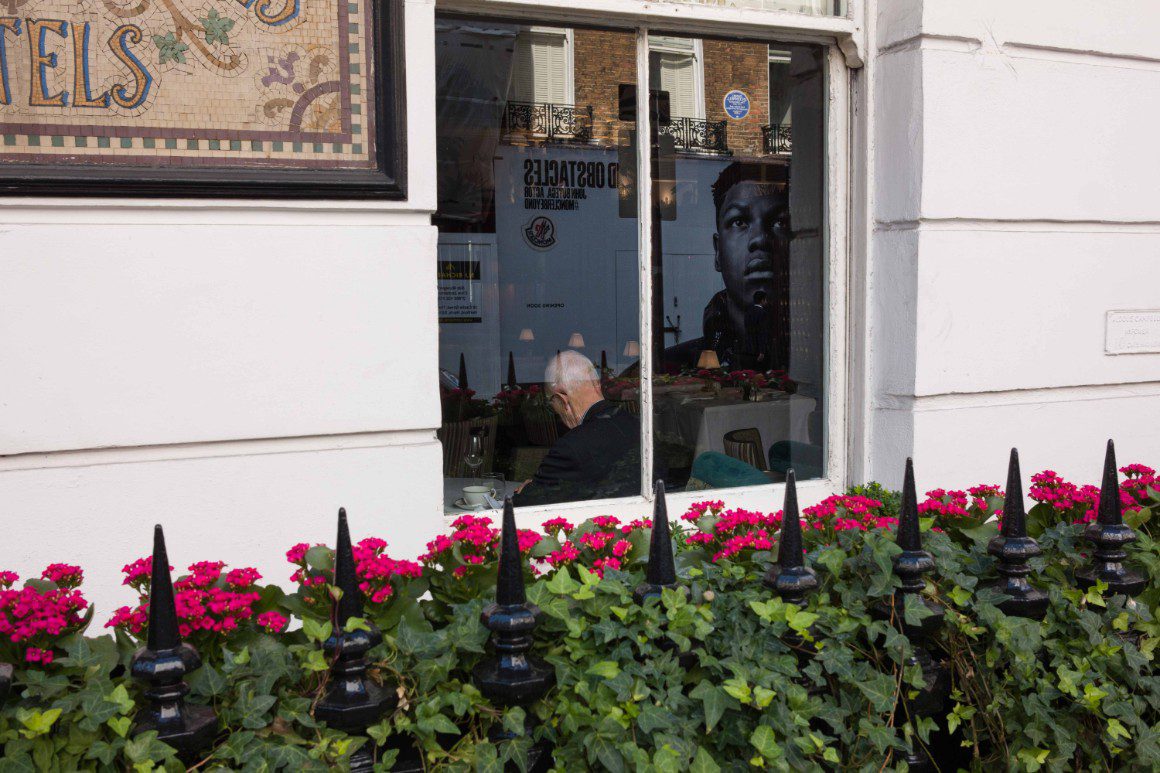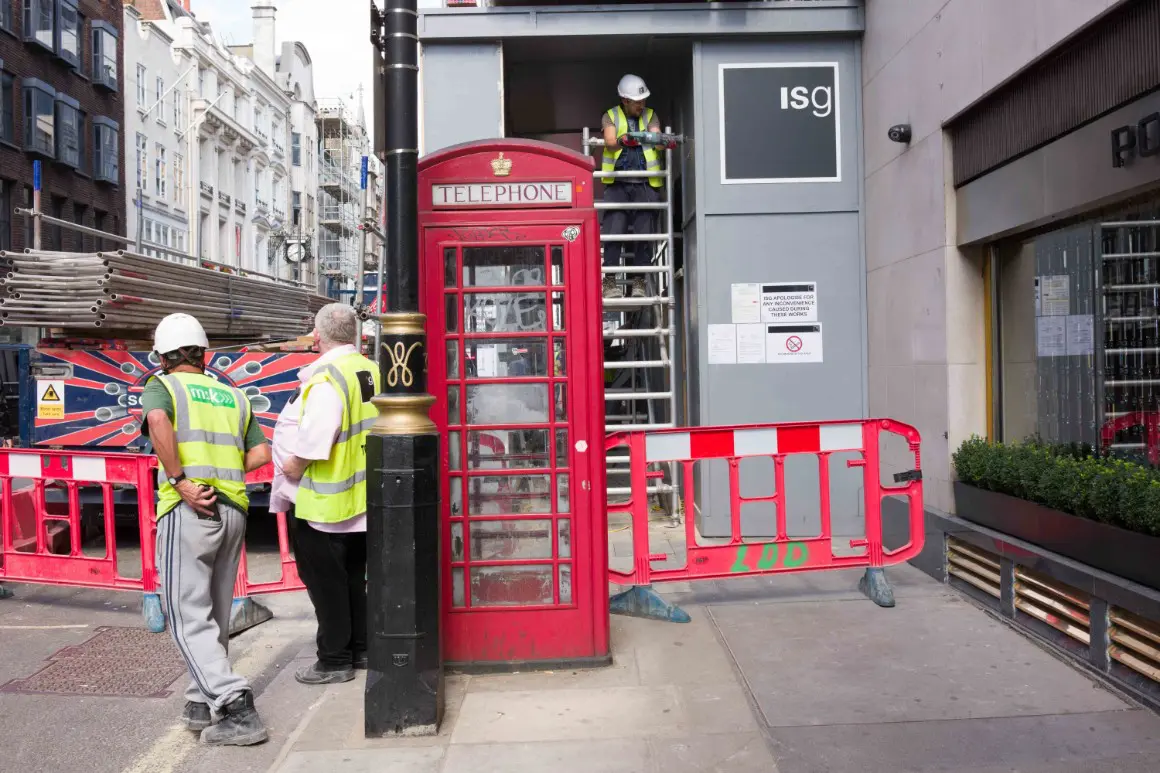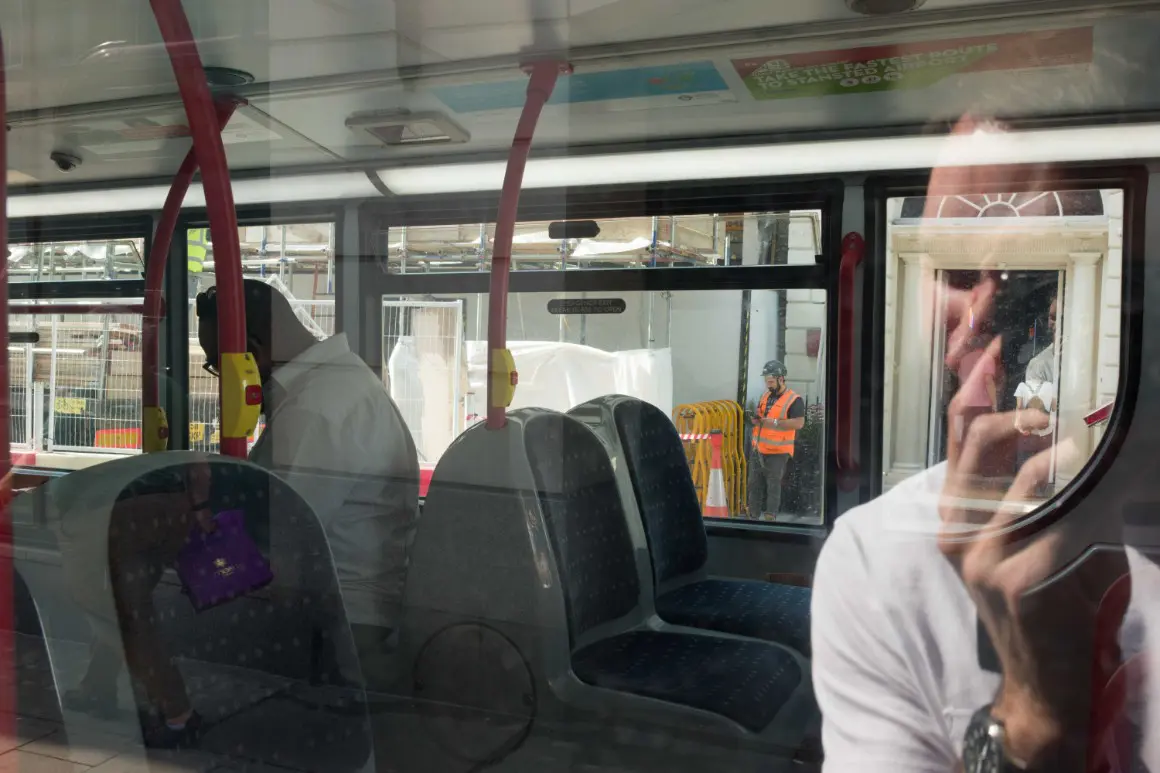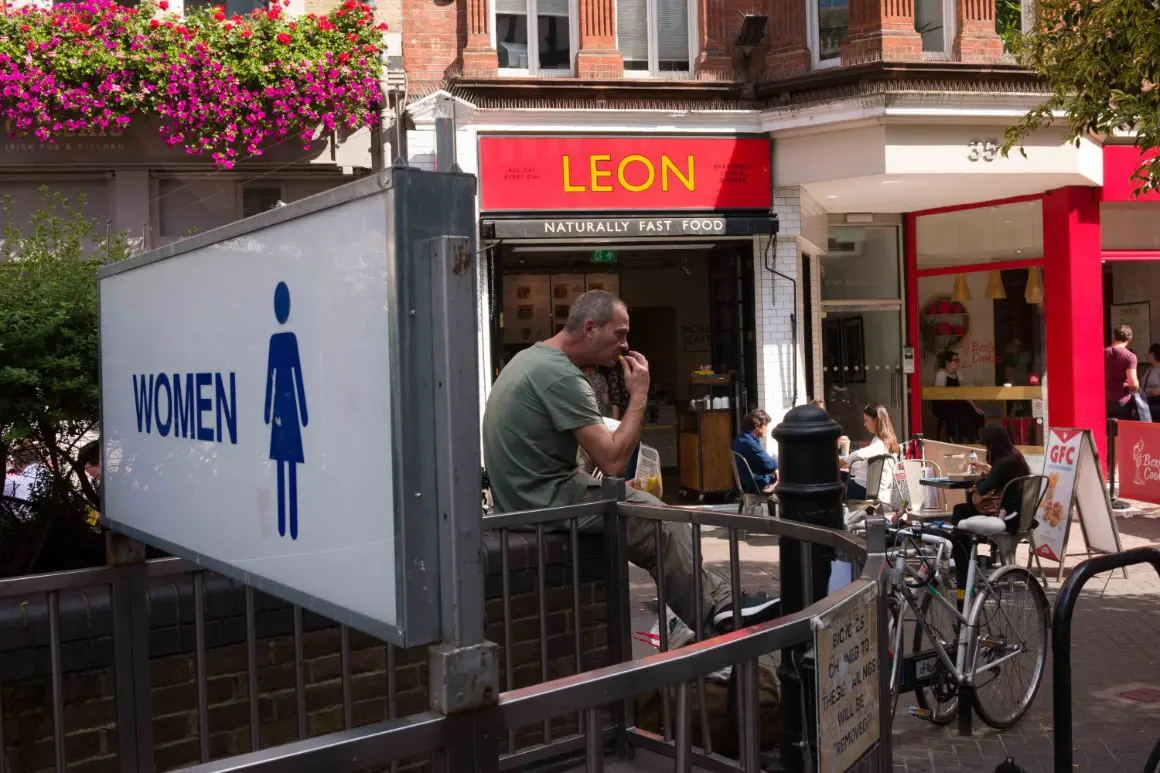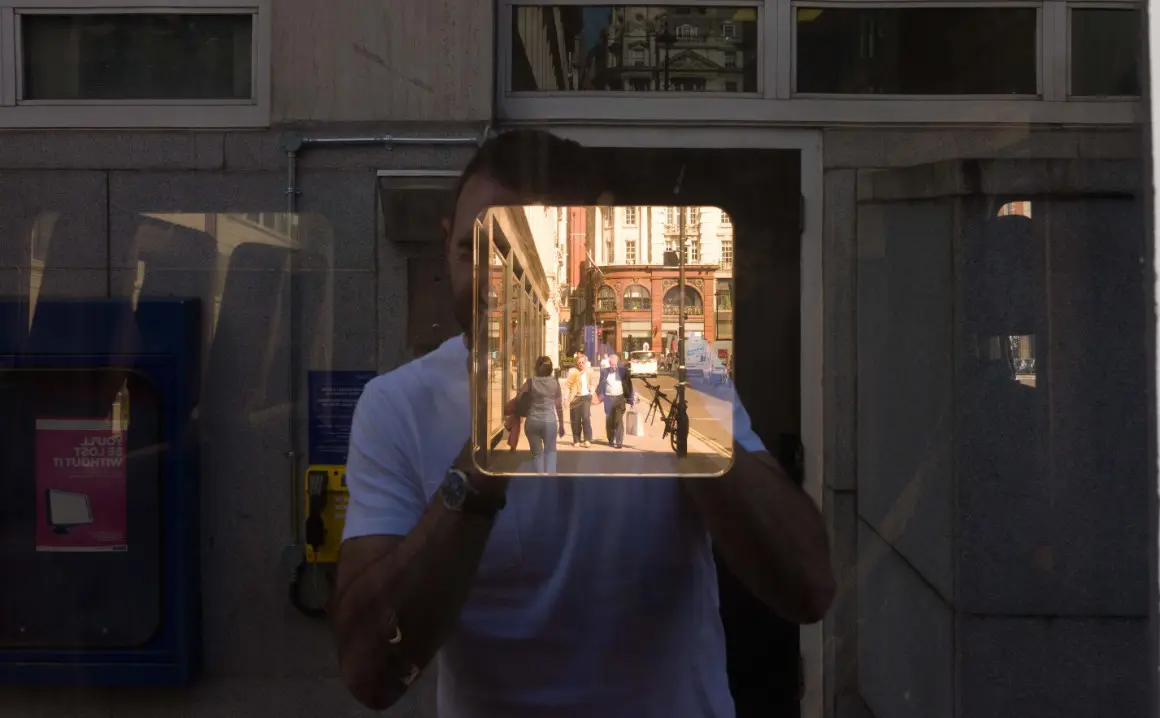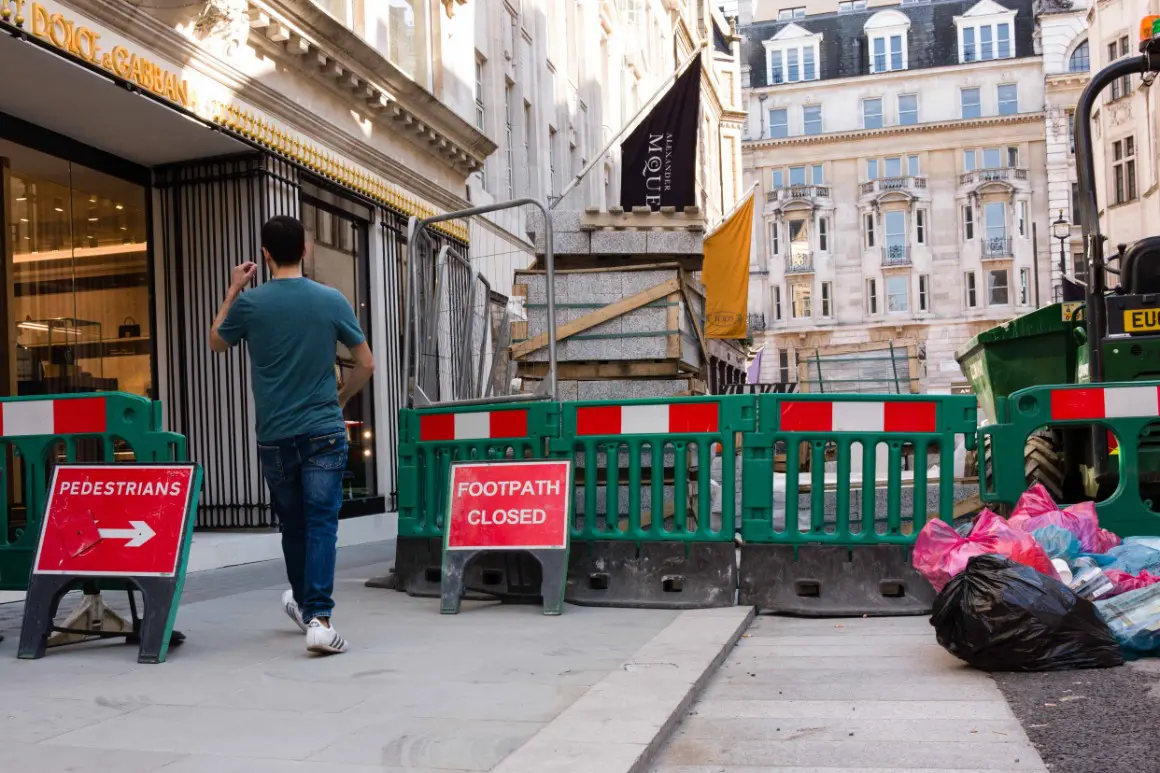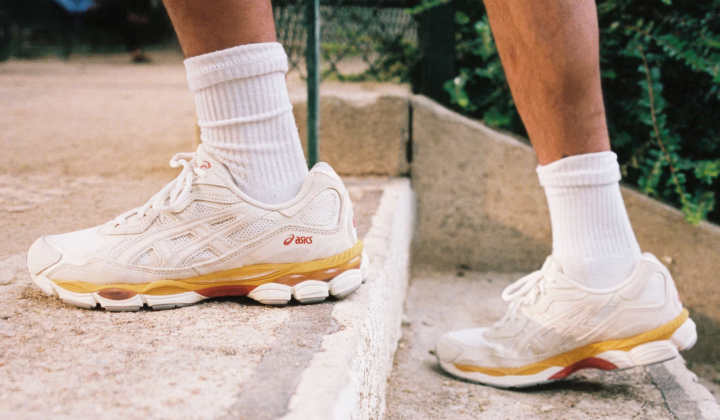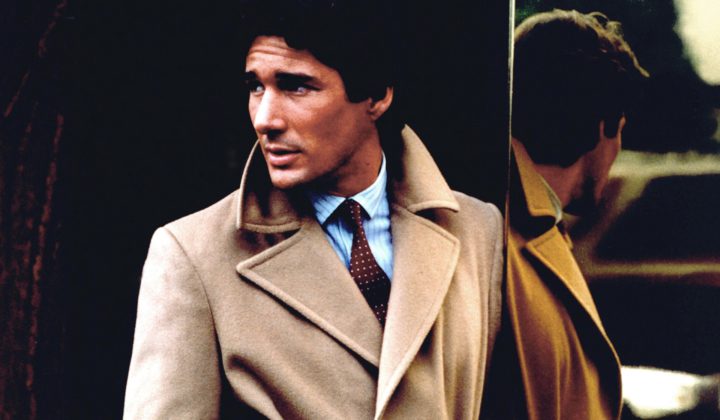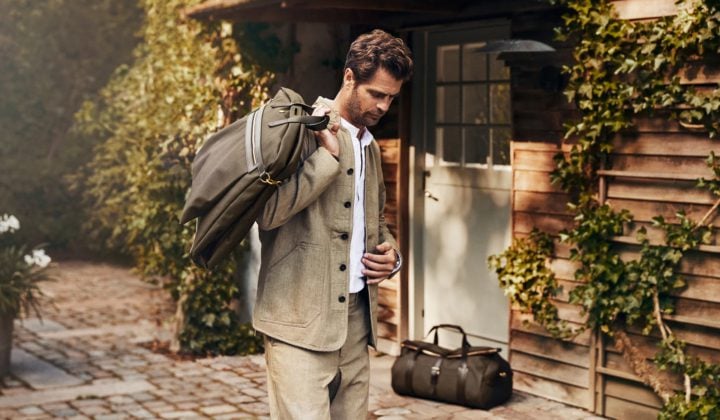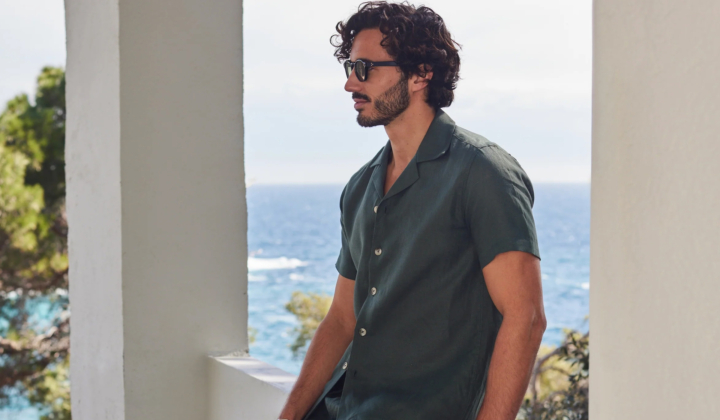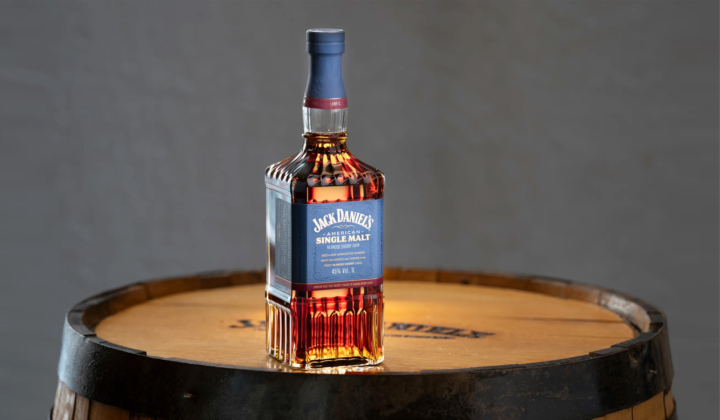How Everyone can Improve their Photography at the Leica Akademie
Das Wesentliche at the Leica Akademie
With a smartphone to hand every waking hour and a desire not to miss anything on social media, our access to produce and consume photography is unending. We all enjoy recording moments in time with an image – be it personally of our family and friends, a holiday, or a special event. For some it’s nothing more than capturing memories, for others it’s a hobby, and for some a job. No matter which camp you fall into, we can all always improve our photography skills.
The Right Tools For The Job
First things first: your choice of equipment will make or break your photos. You should do your research thoroughly, then invest in a camera and lens that suits your shooting style and end goal. What are you interested in? If it’s street photography then a wider 35mm lens would suit; if it’s portraiture then consider an 85mm. In the Ape Studio we have 35mm and 50mm Leica Summicron Lenses locked reassuringly into a Leica M10 – the 35mm for photojournalism and the 50mm for product shots.
Emotional Connection
Beyond the hardware, much of photography is about an emotional connection. Does an image speak to you, and make you feel something? Of course, there are guidelines and “rules” you should follow to get the best shot, such as the golden ratio and leading lines – but these are learned techniques.
An “emotional connection” is subjective to and unique to each person, which makes it much harder to define. With that in mind, when Leica invited me to attend its Leica Akademie in London’s Mayfair I was only too keen to attend – any opportunity to grow as a photographer is one to take. The Leica Akademie hosts a variety of workshops at its London properties (and select premises elsewhere) where I chose “Street Photography with José Sarmento Matos”. José is a Portuguese documentary photographer based in London with a who’s who of clients including The New York Times, WIRED and the Financial Times. For an idea of his work, I suggest taking a look at his Manilla Before Duterte series, which documents life in Manilla before the controversial politician Rodrigo Duterte became President of the Philippines.
The Workshop
The workshop began with a brief introduction to the other attendees (Jorge, Carl, Chip, Sylvia, John, Elisabeth and Katelyn) – all amateur photographers, thoroughly nice people and keen to learn. We were asked to present (mine below) what we believed to be our best work to date, for José to critique.
My story behind these photographs was “Humans of Berlin” – and while José assured me they were technically-good portraits, he pointed out that this particular set of shots didn’t really tell the story of Berlin. It was a portfolio of “nice images” but with no reference to the German capital.
He had a point – the people in my photographs could have been anywhere in the world. How do they relate to Berlin? They don’t. Incidentally, I did have the missing images to make the series more Berlin, and I’ve since published an updated portfolio that you can view here.
The takeaway is that photographs need to develop an emotional connection with the viewer – do they explain the story you’re trying to tell? And from a different perspective? Forget the touristy images you’ve seen a thousand times of the Eiffel Tower, what’s your take on Paris? What’s your unique angle or theme?
2 Hours – A Unique Perspective
We were then given two hours to shoot a theme from a unique perspective in London, paying particular attention to the lessons learned in the workshop. As I wandered around central London I noticed numerous sets of road works and street improvements on New Bond Street, juxtaposed against the pristinely presented luxury stores lining it. It’s something you don’t see everyday, likely to change, and unusual. But best of all, it had a theme. You can see the results below.
José was pleased with my theme and chose three images as his favourites (below). Only one had an image of construction in it however. The others, he just liked. We changed the theme to “red” – which, as simple as it sounds, is still a theme. Chip chose “Saying Goodbye at St Pancras” – unique moments in time, never to be seen again – whereas Elisabeth chose “Moments on Air Street”. With time not being of the essence, José suggested that some of the world’s finest photographers have spent a year or more on assignment chasing one theme or story and walked away with just 10 suitable images.
Leica Akadamie workshop results
For those of you considering a Leica Akadamie workshop, I only have one piece of advice: do it. Who doesn’t like positive criticism? How else are we ever going to improve? The workshop was about critiquing your own work – making you see why and where you can improve, and then putting these skills into practice for further critiquing. Each photographer has their unique take on the world; there can be lessons (good or bad) learned from anyone with a camera. Leica naturally work with the very best in the world of photography, and José Sarmento Matos is just that in the documentary and street photography arena.
Whichever Leica Akadmie course you choose, it’s wise to ensure it’s relevant to your particular area of interest so you get the most out of the experience. Conversely, if you feel like you’re stuck in a rut, why not try something completely new? It could be the spark your creativity needs, or even lead to you changing photography direction entirely. I picked up a variety of tips from José, including his use of heavy shadow and light to create contrast, and a willingness to wait in a location for hours to get the right shot (“The Decisive Moment” a la Henri Cartier-Bresson), through to his techniques on engaging subjects in a portrait shoot. Photography is difficult to master – there are so many different ways to capture a moment, you never stop learning.
Choose a workshop
For those of you keen to learn I can’t recommend the Leica Akademie enough. Visit leicastore-mayfair.co.uk/collections/akademie-workshops to see which experts are sharing their knowledge for you to absorb.
Currently, prices range from £0, where Leica will show you how to use your own Leica equipment, through to £85 for Studio Fashion Portraits, and up to £750 for a 4-day course with artist photographer Mark Neville who will show you how to make a photo book.
The subject matter is ever-changing, with new courses coming and going. It’s a testament to Leica that they pay attention to learning and want to better world of photography, inspiring new talent. Sure, it probably helps sell more cameras and builds an affection for this already legendary brand, but for those who have spent time with a Leica or at Leica will agree, it’s about the former: a love for better photographs.
